Legends of Runeterra’s newest competitive game mode, Gauntlet Mode, is entering its second week tomorrow, bringing with it a new set of rules unique to LoR’s deck building. The latest Gauntlet’s deck-building restriction is Singleton, where your deck can’t have any duplicate cards.
Due to the nature of this upcoming meta, proactive cards and getting onto the board sooner will be inherently stronger. Reactive cards and specific answers, on the other hand, will be less powerful and are less likely to be needed to play around. Whenever your opponent plays a card, you can reliably track that card and know that you won’t need to play around it for the future of that match.
Here are some effective decklists to take into the Singleton Gauntlet.
Demacia/Noxus Midrange
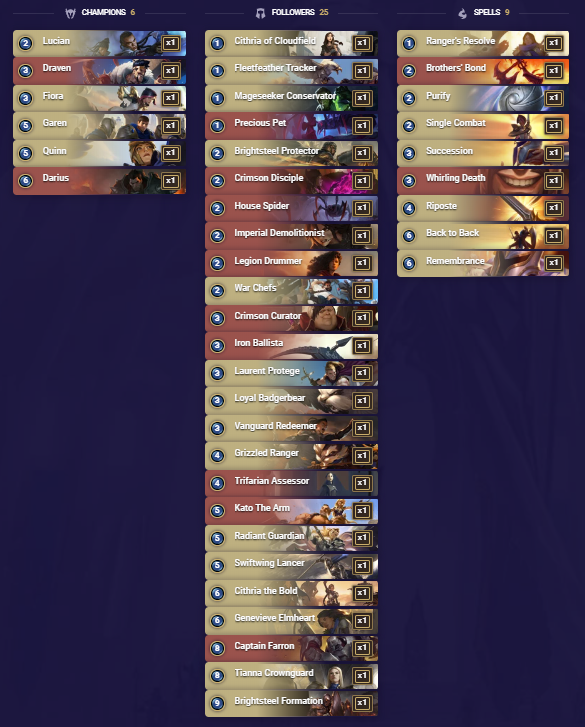
Deck code: CEAAABAVAEAAECIKBMGA6FQYDIOSCJJHFEVS2LZSGM2DMDABAMFQ6EIUDAMR4IJGGAZTOBICAABQMBYJBIBAEAYEAU
The concept and playstyle of midrange decks playing a constant wave of threats is nothing new. But in a format like this where every card is unique, managing which threats to play becomes vital since you’re using less than optimal cards to keep up the pressure. This adds to the importance of knowing how to mulligan aggressively for certain game-winning curves and figuring out which cards help improve your odds of earning a victory.
You also need to know when to forego getting the maximum value out of cards. While there are some cards that can lose out on value if you don’t play them to their full potential, like Vanguard Redeemer and Brother’s Bond, sometimes it’s correct to play them as a vanilla 3/3 unit or a +2/+0 buff to one unit. Other times, you’ll need to assess when to play cards for less value to get more tempo to play quicker and rush for an earlier victory.
Noxus/Piltover & Zaun Aggro
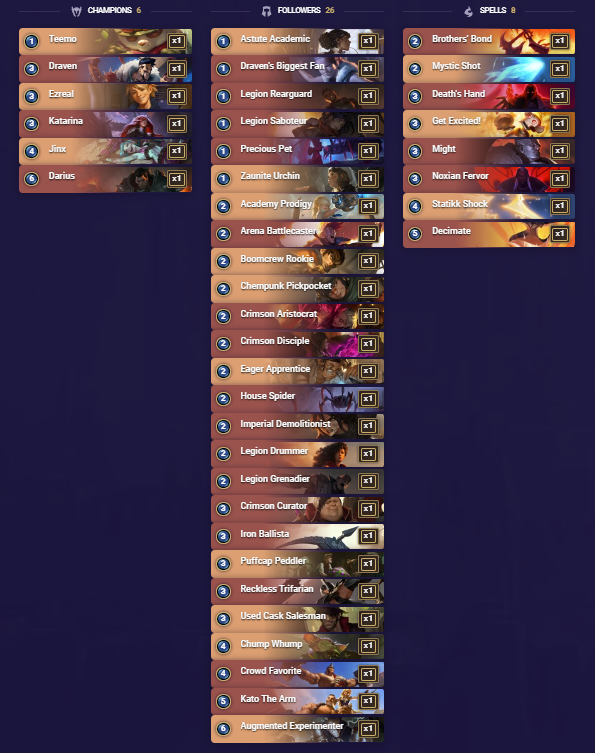
Deck code: CEAAAAYQAECAQDIRCIJRSHZEE4UCWLJUGY3TUFABAMBAKBYJBQHRCEYUDAMRUHRDEUTCQKRQG4CAEAYDAQCQQ
While this deck is a watered-down version of the Noxus and Piltover & Zaun combination that’s popular on the constructed ladder right now, it’s still one of the fastest builds you can muster together in this format. While your opponents are attempting to summon the Catastrophe by playing multiple janky cards, you can cut to the chase and go directly after the enemy Nexus by getting onto the board fast and dealing as much direct damage as possible.
Piltover & Zaun/Shadow Isle Control
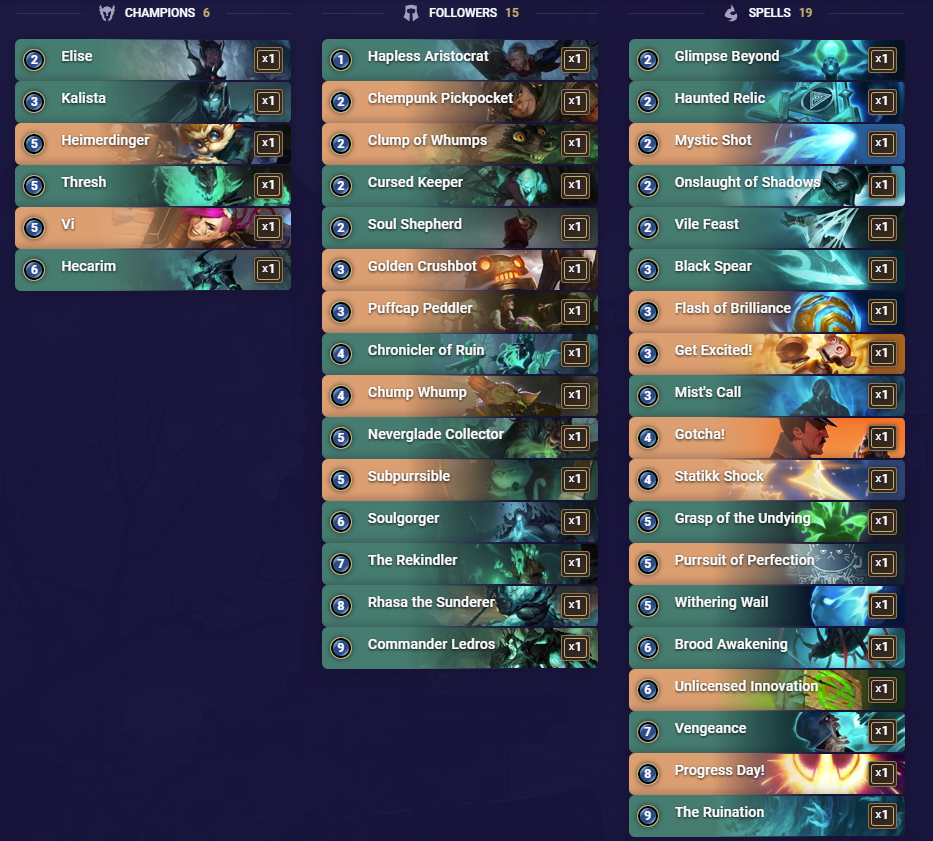
Deck code: CEAAABAXAECQCBYKB4KBOHI6EAQSEIZIFIVS4MBRGI2DKNRXBUAQIDQQDEPSCJZLGE2DKOB2HMBQEBABAYEACAQFAE
If aggressive and midrange lists are too fast for your playstyle, then running Piltover & Zaun alongside Shadow Isles will allow you to play powerful controlling tools. As with most controlling decks, this list aims to answer opponent’s threats as efficiently as possible, while playing high-cost threats that can close out games quickly on their own. While the decklist features Purrsuit of Perfection, it does have other late-game tools that can close games when unchecked and can come online quicker than Purrsuit, like Commander Ledros, Hecarim, and Heimerdinger.
Honorable mention: Mono Freljord
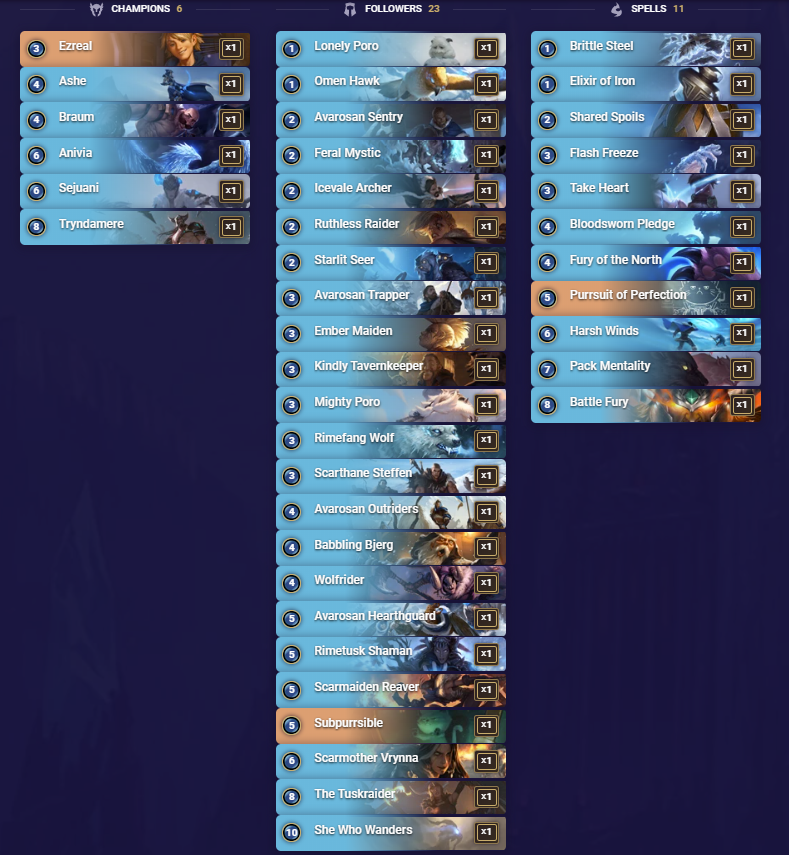
Deck code: CEAAABA6AEAQCAYEAUDQQCIKBMGREFQYDYQCKJRHFAUSULJOF4YDENBVGY4QOAQBAEBAMBYIBEFAEAIEEESACAQEAE
While this “Mono” Freljord deck plays more similar to a midrange list, this build proves you can still bring viable Mono-Region lists into this format that can perform well if you’re normally a fan of the region. Mono Freljord is similar to Demacia in that their proactive and reactive cards are fairly strong in the middle of combat and can gain quick card advantage and tempo when used at the right times.
Another region that wasn’t a part of a highlighted deck list but is strong to pair with is Bilgewater. The main reason for this is that Nab-based cards can be especially powerful since they take away potentially powerful tools from your opponent and give you extra information about cards you don’t need to play around in the future.
Similar to the first Gauntlet, you have multiple chances to claim seven wins this time. Within each Gauntlet trial you attempt, if you avoid losing two times in a row or losing once after six wins, you can get the ultimate prize of seven wins. If you fail a trial, however, you have an unlimited amount of attempts to play in the Gauntlet since the mode is free.
While it may seem like the presence of Purrsuit of Perfection and Subpurrsible can wreck the unique list meta, remember that their activation costs for reaching their full potential are steep and slow. In most games, even in a less optimized meta like this, players can still prevent them from ever mattering and they aren’t 100 percent required to make or break a deck in this format.
Players have until July 9 to claim seven wins before the Singleton Gauntlet goes away in preparation for the next unknown Gauntlet that will appear on July 10.


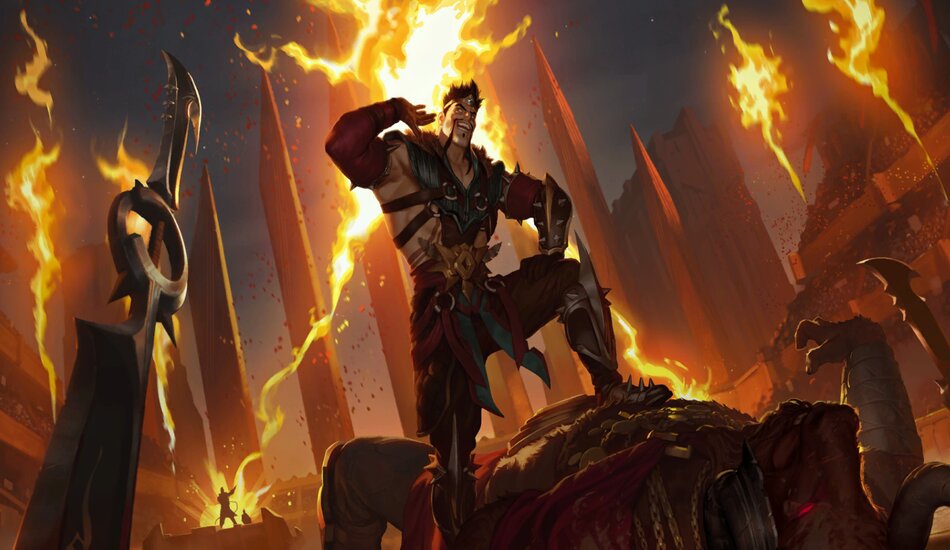
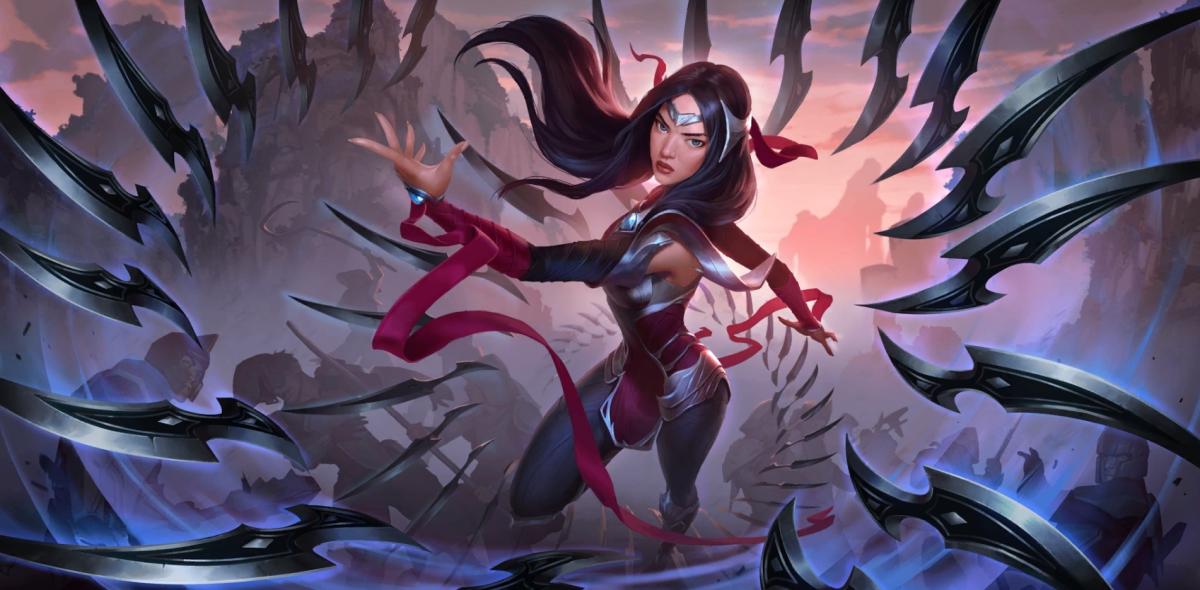
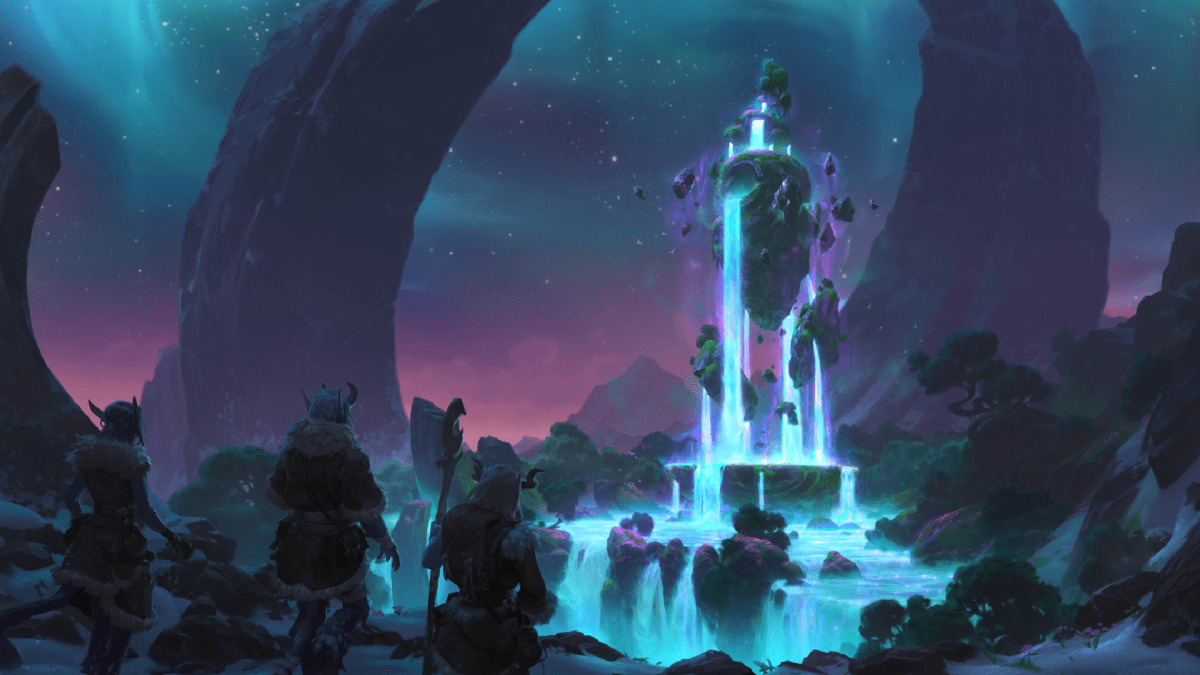
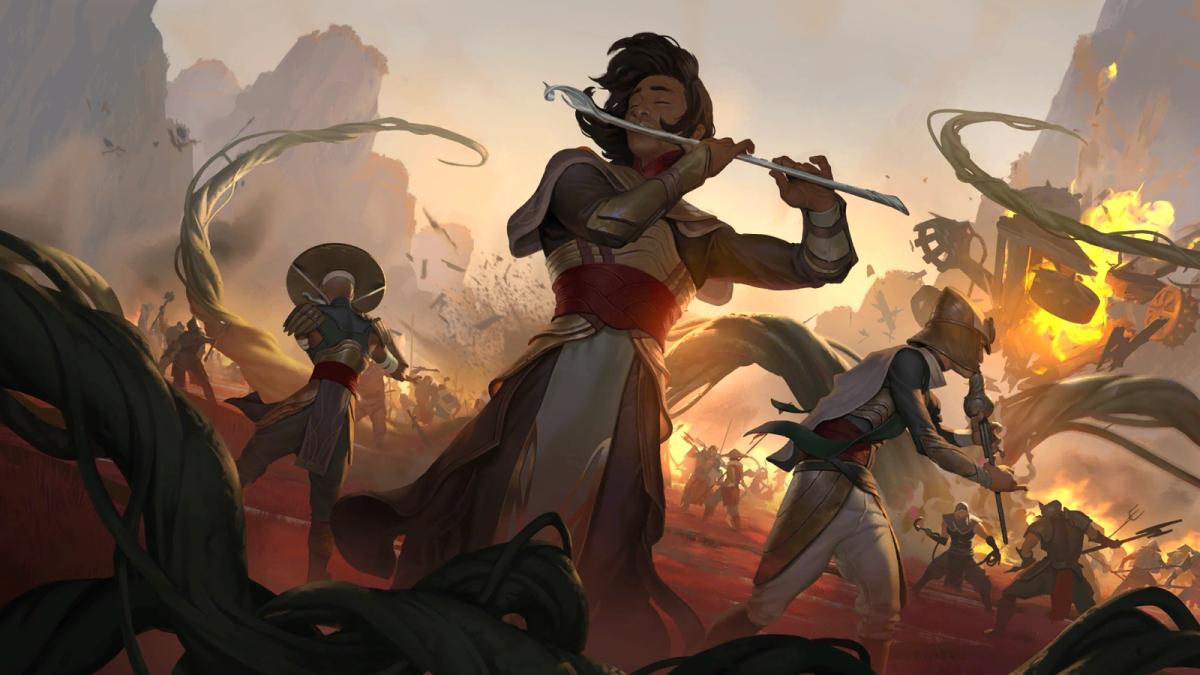
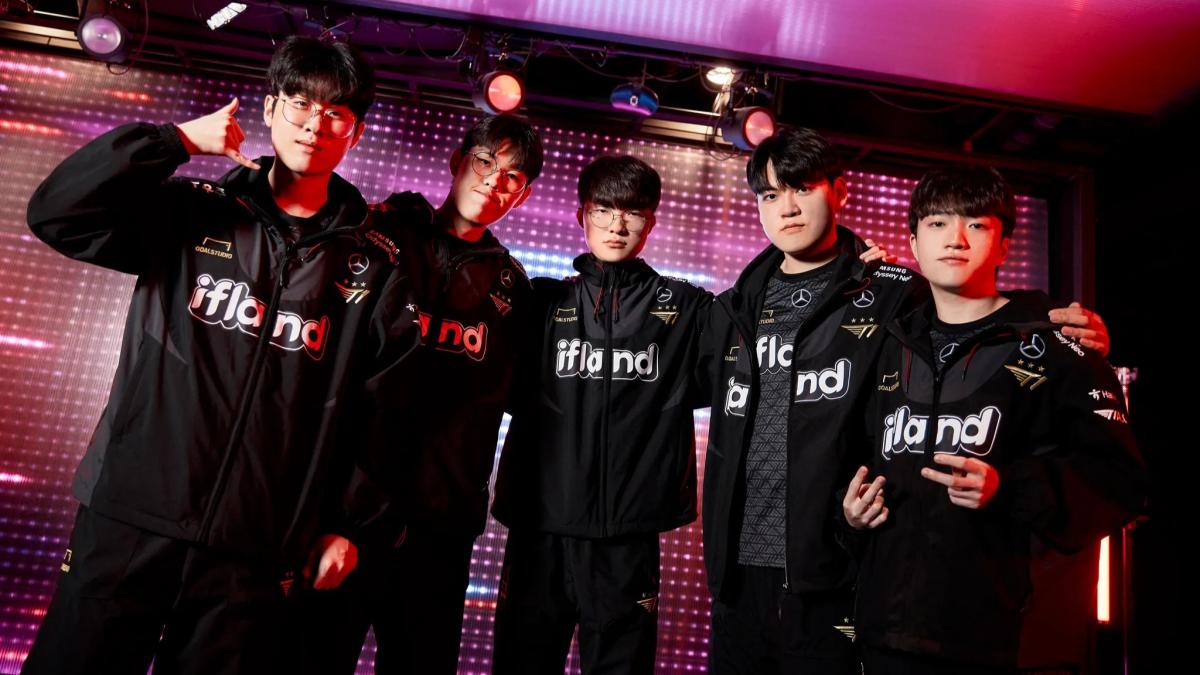

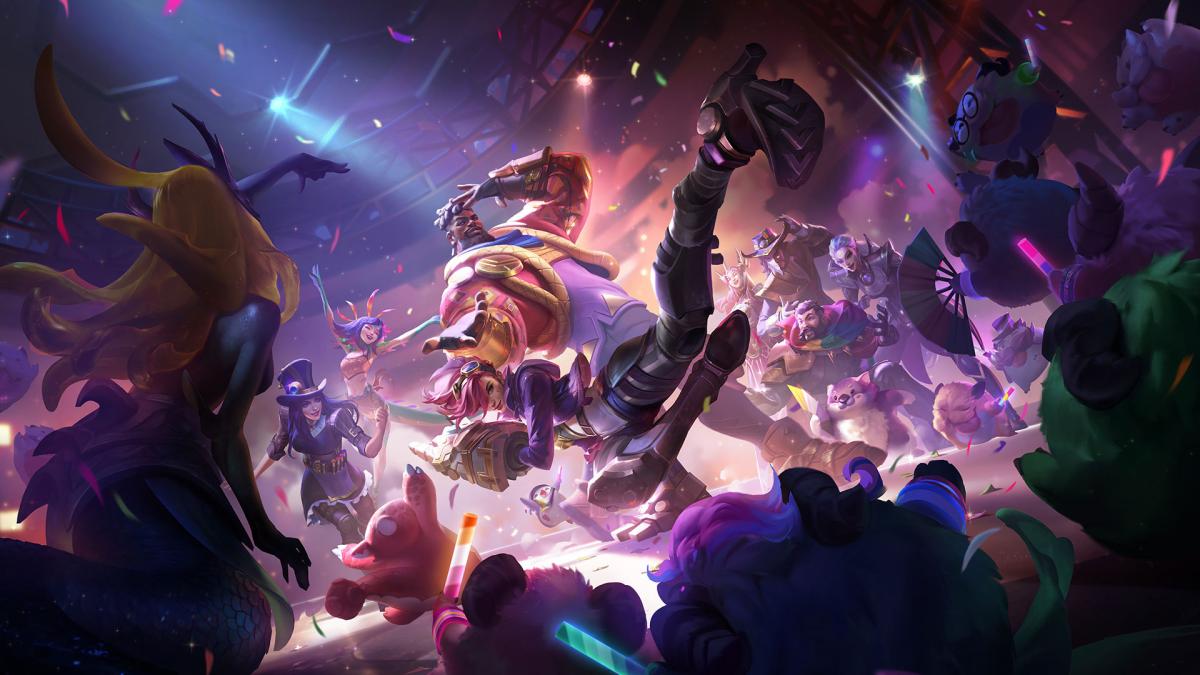
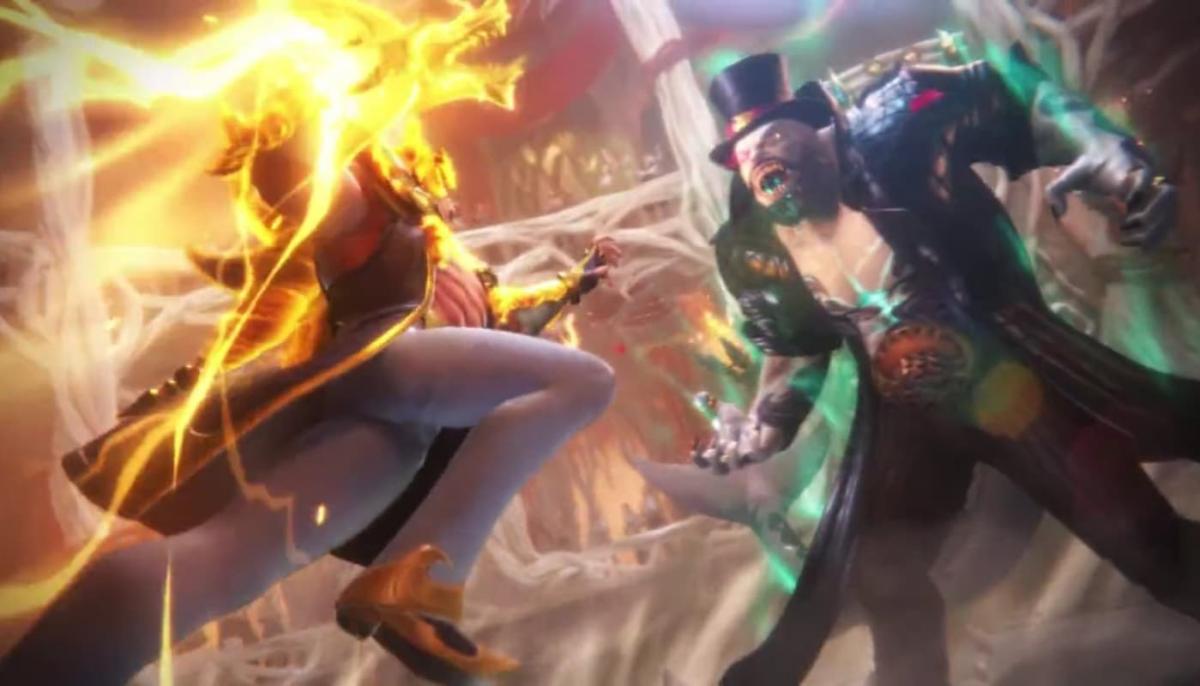
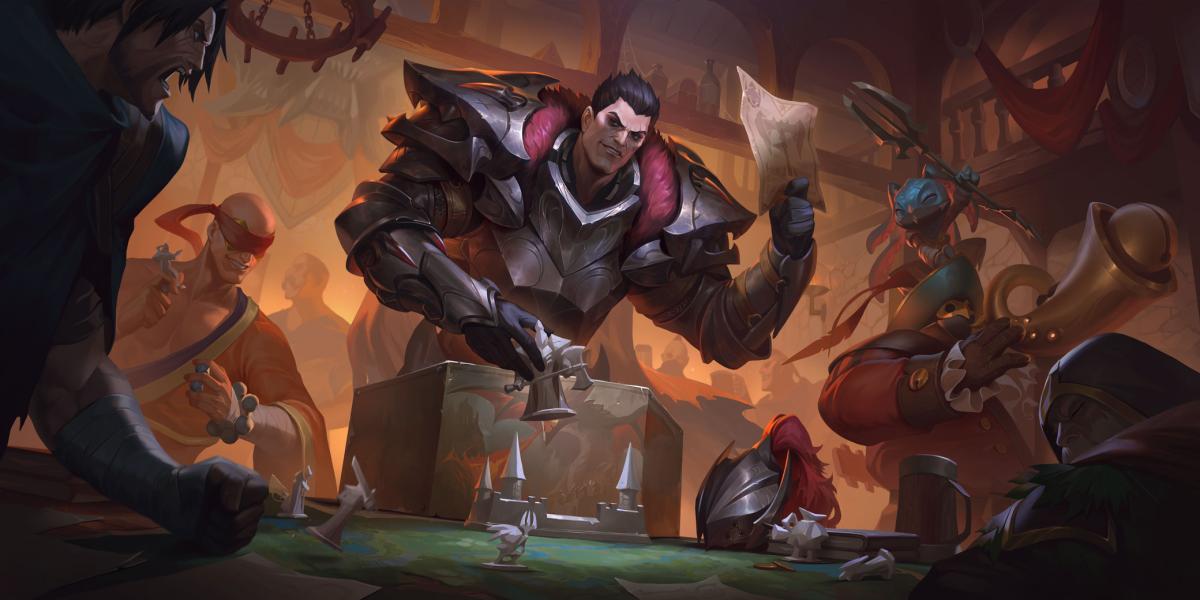


Published: Jul 2, 2020 05:25 pm